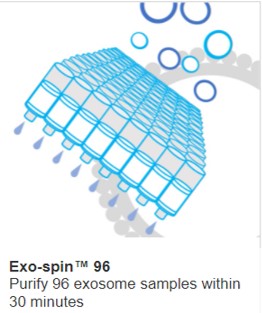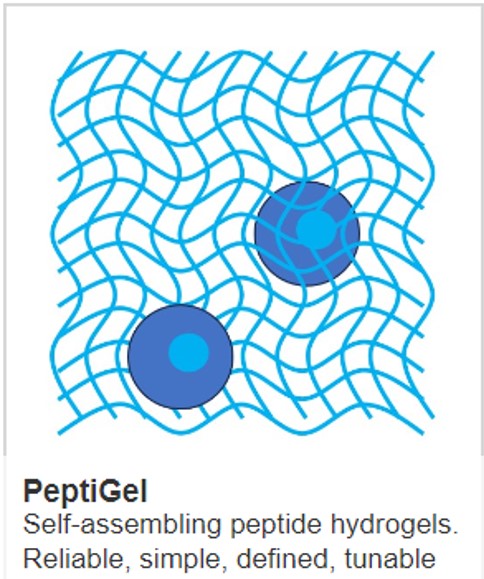The PODS® revolution of growth factor delivery

What Are PODS®?
PODS® (Polyhedrin Delivery System) are protein based micro crystals designed as controlled-release depots for bioactive proteins like growth factors and cytokines. Each crystal is a co-crystal of a polyhedrin scaffold (95 to 99.5% by mass) and a cargo protein (e.g. BMP2, IL-2, IL-10).
How PODS® Work
Stability: The polyhedrin lattice is unusually dry dry (~19% solvent), and highly reducing, offering remarkable thermostability for proteins, even at elevated temps for months.
Sustained release: Proteases (from cells or serum) degrade pores in the crystals, releasing cargo in near zero‑order kinetics over weeks, maintaining steady concentrations and minimizing fluctuations.
Localization: PODS® crystals (0.2 to 7 micron, modal 2 to 3 micron) can be printed, embedded in hydrogels or affixed to surfaces to generate localized gradients in 2D/3D cultures or in vivo.
Advantages Over Conventional Growth Factors
| Feature | Conventional GF | PODS® GF |
|---|---|---|
| Half-life | Minutes to hours | Stable in storage; released gradually |
| Concentration control | Bolus dosing → peaks & troughs | Steady, near-constant levels |
| Localization | Diffuse; hard to pattern | Easily embedded or printed for local effects |
| Compatibility | Limited in biomaterials | Integrates with hydrogels, scaffolds |
| Batch consistency | Variable | High reproducibility |
| Cost-effectiveness | Frequent replenishment needed | Single dose lasts for weeks; fewer media changes; less hands-on |
PODS® also reduce cell stress caused by concentration swings and lower reagent costs over long protocols.
Popular PODS® Cargoes & Controls
CellGS offers a wide array of PODS® products:
- Cargo examples:
- Human BMP-2: promotes osteoblastic differentiation; released at ~20% of cargo within 24-48 hours.
- Human IL-2: supports T cell and NK cell expansion; cross-species activity with mouse IL-2 and used in immune cell cultures or cancer immunotherapy research
- Human IL-10: anti-inflammatory cytokine that modulates macrophage and B-cell responses, compatible with cross-species assays
- Others available include CNTF, IL-8, mouse VEGF-164, mCherry, GFP and luciferase for visualization, and more.
Applications in Research & Therapeutics
PODS® have been used to:
- Enhance stem cell and organoid cultures by offering sustained trophic support while reducing feedings and reagent use, with detectable activity for up to 9 weeks
- Create localized growth factor gradients for patterning during 3D bioprinting of tissues like vascular grafts or neuronal scaffolds
- Drive macrophage-mediated delivery in vivo, where phagocytic cells ingest PODS® and transport cargos to tumor or injury sites, offering precision therapeutic potential for cancer and regenerative applications
PODS® technology transforms protein delivery in cell biology and tissue engineering by merging protein stability with precise spatial and temporal control. From embedding growth factors within 3D printed constructs to enabling immune cell-mediated delivery in vivo, PODS® provide researchers with a versatile, efficient, and reproducible platform.
As research progresses toward more physiologically accurate models and therapies, PODS® stand out as a promising tool for controlled protein dosing, gradient generation, and targeted delivery, helping to bridge the gap between in vitro protocols and in vivo therapeutic success.
IMAGE The versatility of PODS growth factor dynamics CREDIT Cell Guidance Systems
Learn more about powerful technologies that are enabling research:



